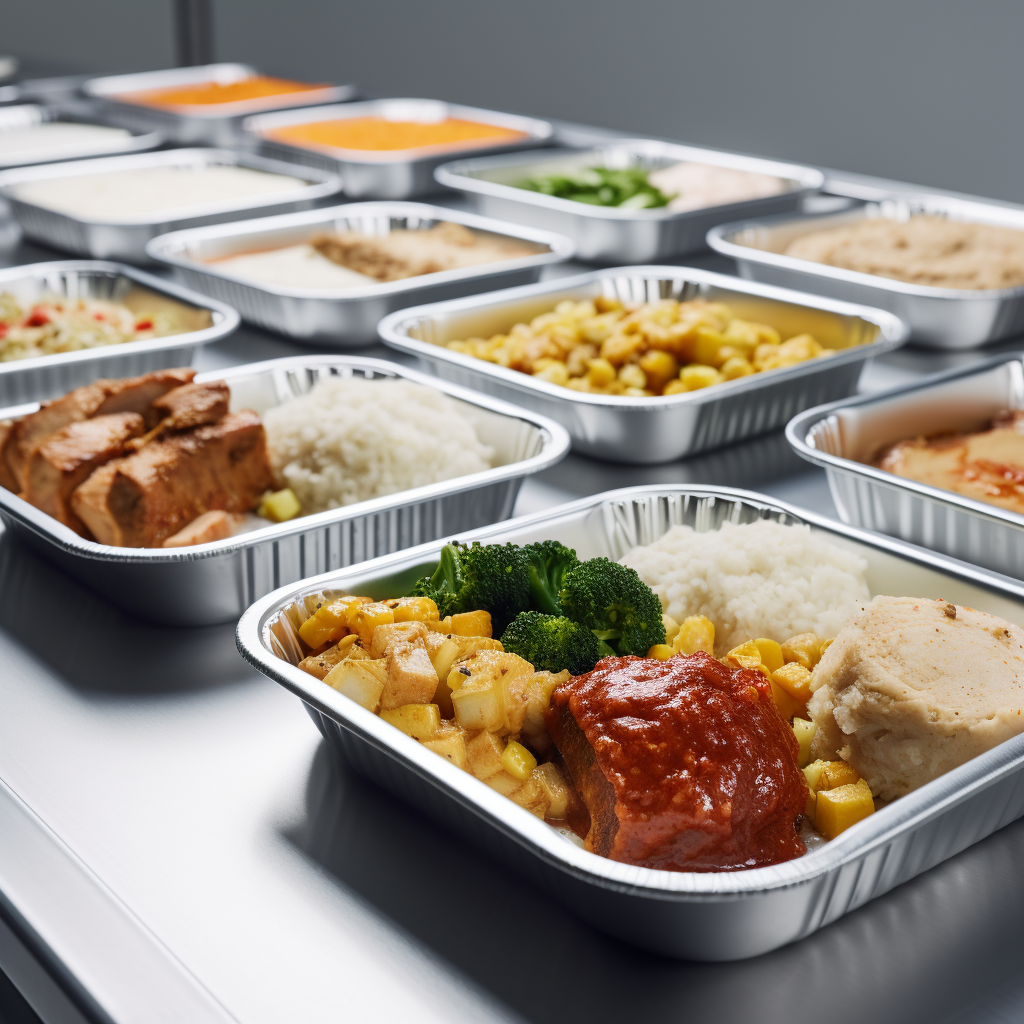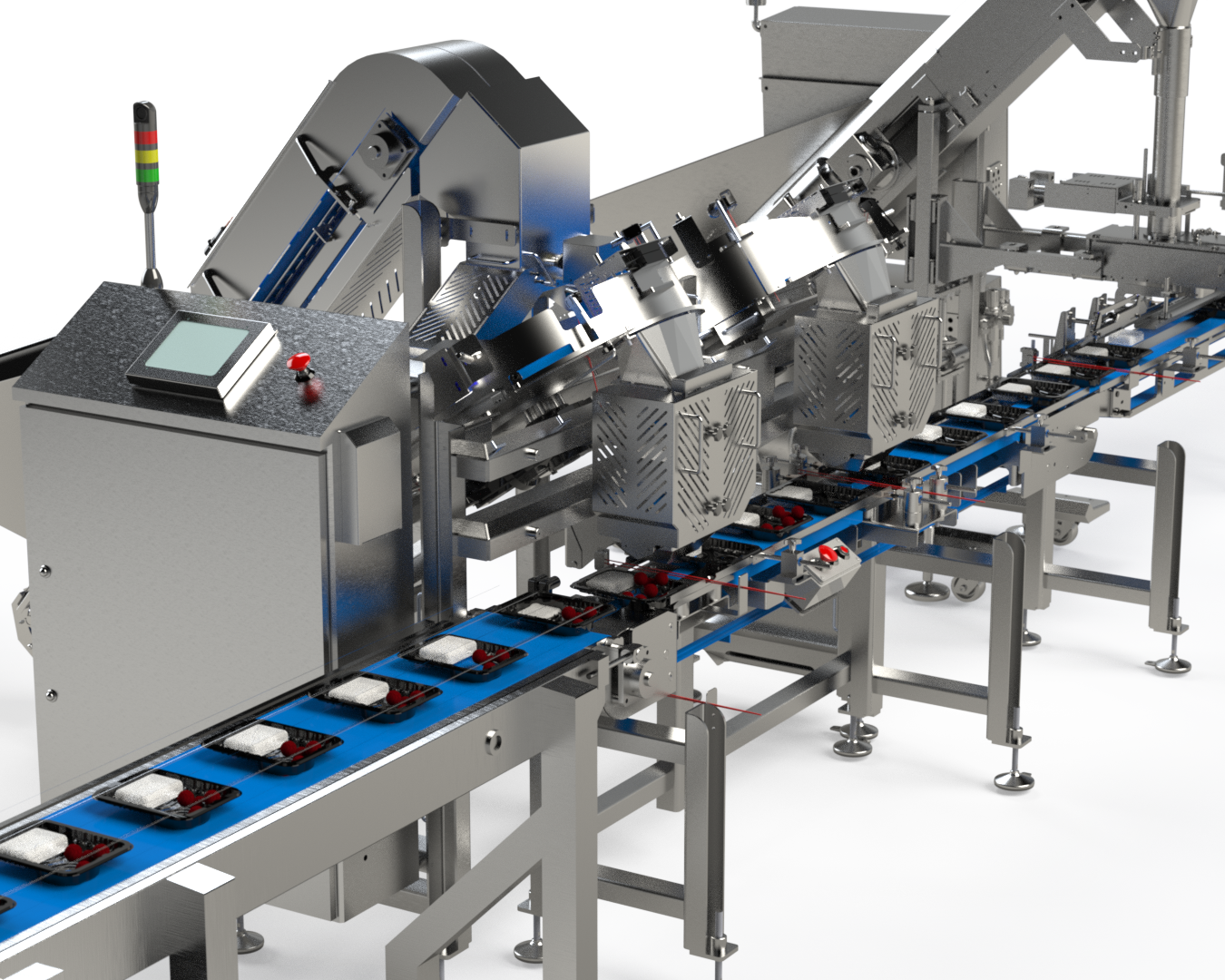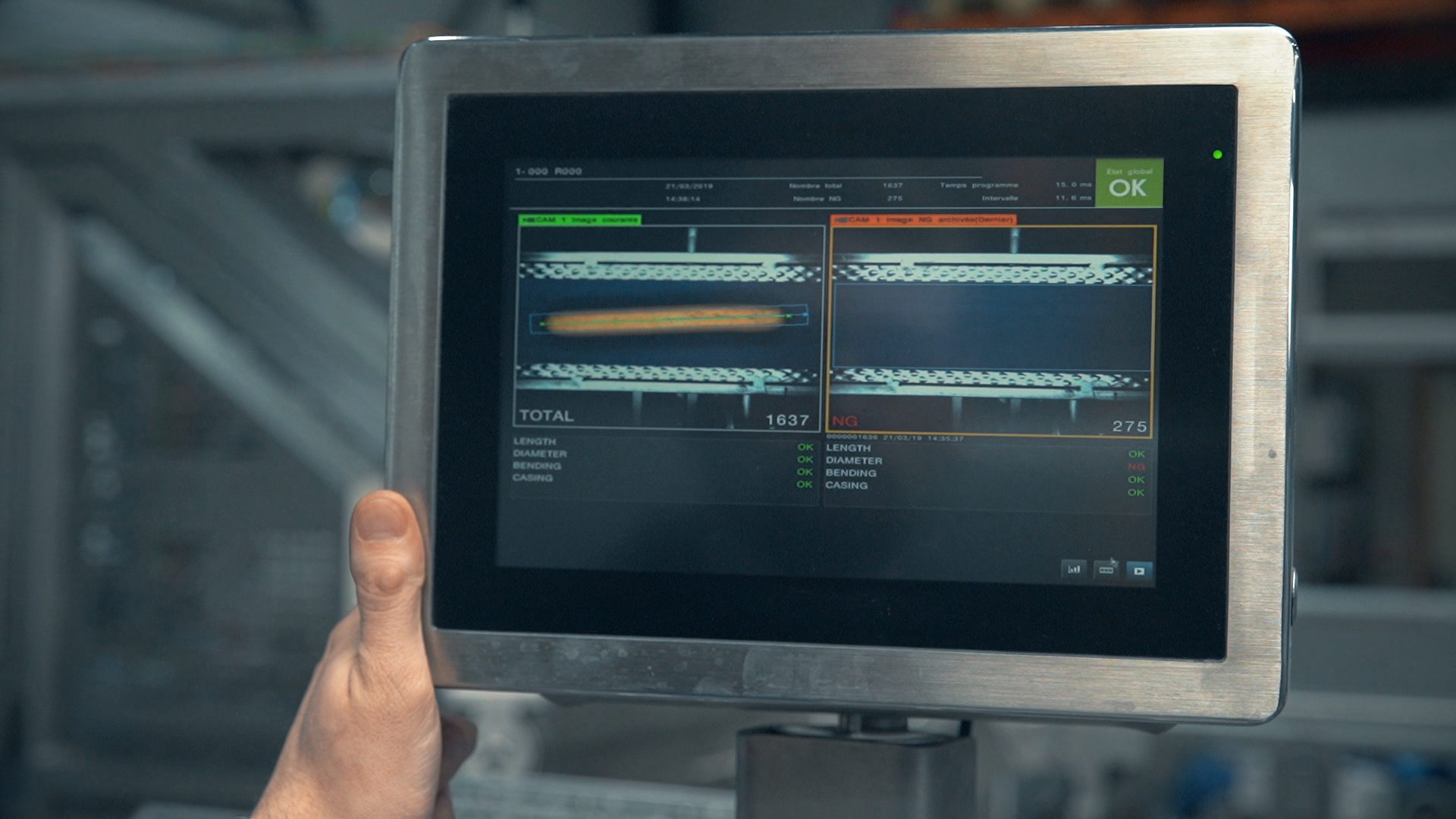Choose the Right Food Depositor to Deliver Quality Products

Consumers always favor foods that excel not just in quality, but also in looks and packaging. Whether it is dry foods, such as nuts and cereals, frozen or ready-to-eat meals, or other items, such as sauces, vinaigrettes, or salsas, presentation and packaging make a huge impact on your consumers’ buying decisions. The same is true of gelatin cubes that have become a popular way of consuming fruits or vegetables. While mashed up gelatin looks clumsy and unappetizing, gelatin cube salads come out looking attractive as well as homemade and presentable.
Did you know that the use of gelatin first gained momentum in the early 1930s as a time-saving cooking technique? This was when women started actively joining the workforce, and exploring quick fix meals to feed the family, while balancing their work responsibilities. Gelatin was not only cheap and widely available, it was also a good source of protein. It made the congealed salads look attractive and appealing, and helped in molding nutritious foods into one-dish wonders for a main course, or dessert. Today, gelled and congealed salads, sweet or savory have become a staple food in American households.
Top Five Tips for Selecting Efficient and Affordable Food Depositor Systems
If you are in the food business and produce congealed or gelatin cubed salads, you need a
food depositor that offers:
- Configurability : Easy controls and versatility for multiple deposits
- Compatibility : Smooth integration with your food filling equipment and conveyor systems
- Quality and Compliance : Robust and durable build, along with components and sub-components that comply with applicable regulatory requirements or industry standards
- Sanitary Design : Quick, efficient, and easy-to-clean options that do not impact your production shifts
- Efficiency : Portioning accuracy that ensures consistent packaging, minimum wastage, and reduced manual interventions; should also be energy-efficient
The plethora of options available in the food equipment market may leave you feeling overwhelmed. Depending on the type and variety of foods you process, the particulate content of each raw material may also be different. Hence, selecting a food filling system that can handle multiple types of products may be a wise and sustainable investment for your business.
Choose World-Class Solutions for Your Gelatin Filling Processes
At Multi-Fill, we pride ourselves on delivering unique
food
filling solutions , including high-speed counting machines, multi-utility volumetric fillers, and bulk-capacity batch feeding systems. Our world-class machines help in enhancing quality standards, improving production speed and capacity, and maximizing every dollar of your investment. Take advantage of our versatile volumetric fillers that cater to a wide array of requirements and food types.
- Maintain product integrity and appearance even at high depositing speeds of 120 containers per minute. Whether you need to deposit cubed gelatin , raw or cooked oatmeal, tofu strips, crumbled toppings, or some other food item, our machines are versatile and highly configurable.
- Enjoy easy integration and compatibility with a range of container systems, including single or multi-lane containers, horizontal or vertical bagging machines, and intermittent or continuous motion conveyor systems.
- Experience peace of mind regarding safety and hygiene. All our food filling equipment and food depositor solutions comply with the manufacturing standards set by regulatory bodies, such as ANSI, FDA, USDA, and CE.
For best-in-class food depositors and food filling systems, rely on a recognized industry leader, such as Multi-Fill. Call 801-280-1570 or contact us
online to explore our full line up of products.
Designing a food filling line: Product is king



Stay in Touch
Product news, tips, subscribe to our newsletter:
Contact Us
We will get back to you as soon as possible.
Please try again later.














